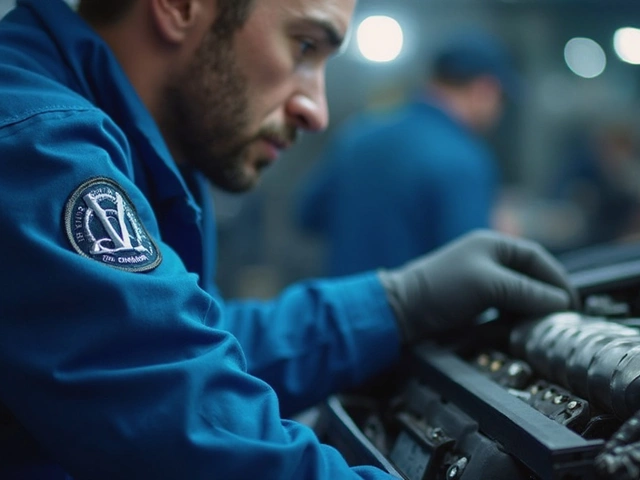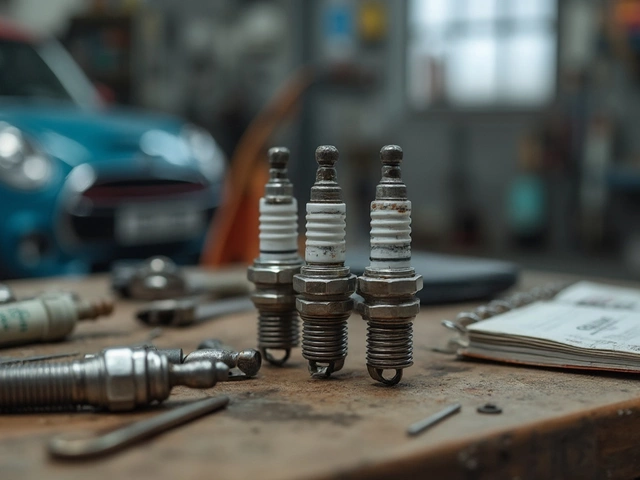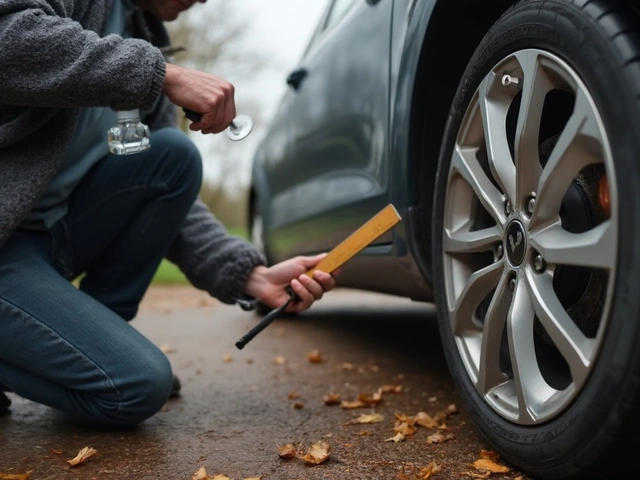Suspension Check – How to Spot Issues Fast
If your car feels bouncy, pulls to one side, or makes clunking noises, the suspension could be the culprit. A solid suspension keeps tires on the road, absorbs bumps, and gives you control when you brake or turn. Doing a quick check yourself can save you money and keep you safe. Grab a flashlight, a piece of cardboard, and a friend if you can – you’ll be able to tell if something’s off before it becomes a costly repair.
DIY Visual and Physical Checks
Start with a visual walk‑around. Look at each wheel and the surrounding struts or shocks. Any oil leaks, torn rubber, or bent metal are red flags. Next, push down on each corner of the car. If it bounces more than once, the shock absorber or strut is likely worn. While you’re at it, grab a piece of cardboard and place it under each tire. If the tire sits unevenly or the car leans, the springs may be sagging.
Listen for noises while you drive slowly over a few bumps. A rattling or knocking sound usually means a loose bolt, a broken bush, or a worn ball joint. Pay attention to how the car handles turns. A pull to one side or a vague “looseness” when steering points to alignment or suspension issues. Lastly, check tire wear patterns. Uneven wear, especially cupping or feathering, often signals a problem with the suspension components.
When to Call a Pro
Even if you don’t spot obvious damage, some issues need a professional’s eye. If the car vibrates at highway speeds, the alignment could be off, or the wheel bearings might be failing. A certified mechanic can measure suspension geometry, inspect hidden components, and replace parts like control arms or bushings that aren’t easy to reach.
Don’t ignore persistent squeaks or a feeling that the car is “soft” after a bump. Those symptoms usually mean a shock or strut is losing its damping ability, and driving with that can wear out other parts faster. Getting the suspension repaired early prevents uneven tire wear, improves fuel efficiency, and keeps your car stable in wet or icy conditions.
Bottom line: a quick visual check, a bounce test, and listening for noises can tell you a lot about your suspension’s health. If anything feels off, book an appointment with a trusted garage like Northwich Tyres Centre. They’ll do a full suspension inspection, wheel alignment, and get you back on the road with confidence.
 26 June 2025
26 June 2025
Detect Bad Suspension: Signs, Symptoms & How to Check
Learn how to spot the warning signs of a bad car suspension, from bumpy rides to uneven tire wear. Find straightforward tips and steps to check if your suspension needs attention.
 16 January 2025
16 January 2025
Ensuring Vehicle Safety: How to Check for Loose Suspension Parts
Checking suspension parts regularly is crucial for safety on the road. This guide helps you identify signs of loose suspension and offers a step-by-step method to inspect components at home. By understanding common symptoms and using simple tools, you'll be equipped to maintain your vehicle’s performance. Staying proactive in vehicle maintenance can prevent costly repairs and enhance safety.






0